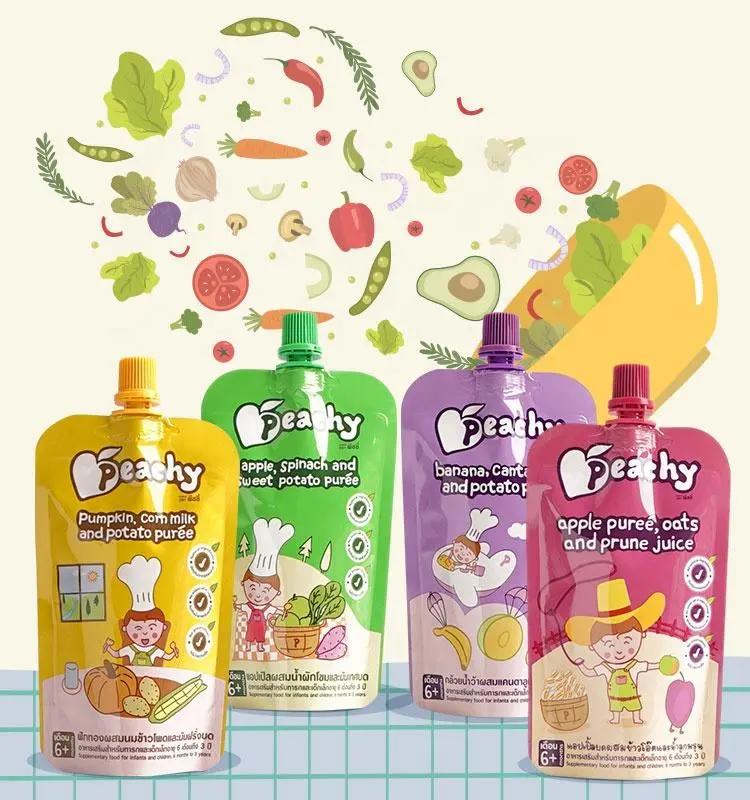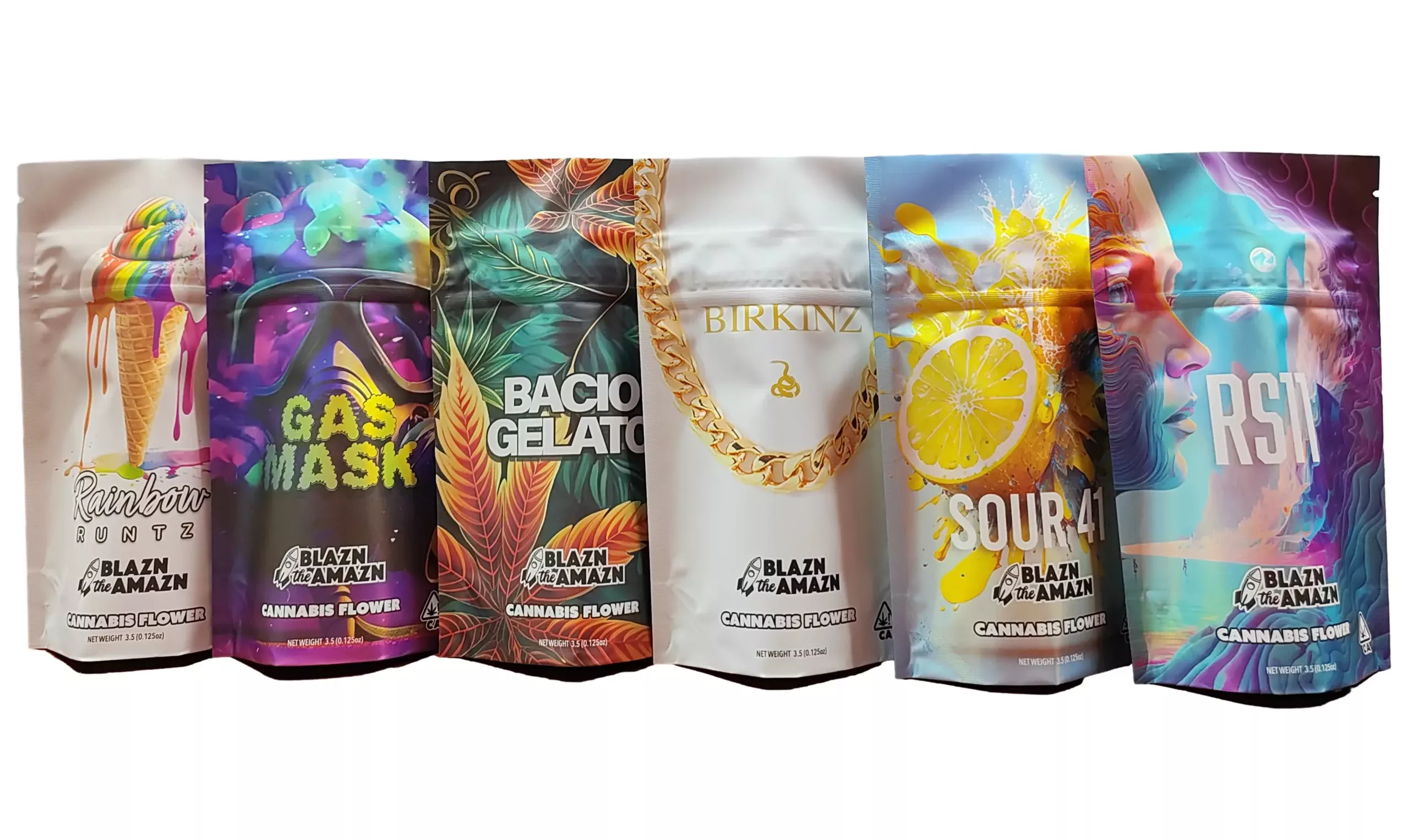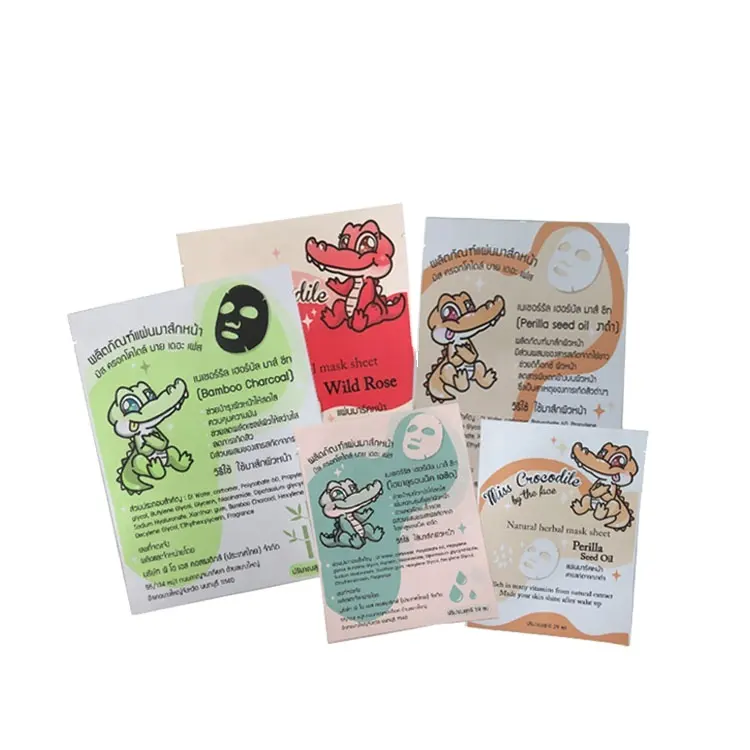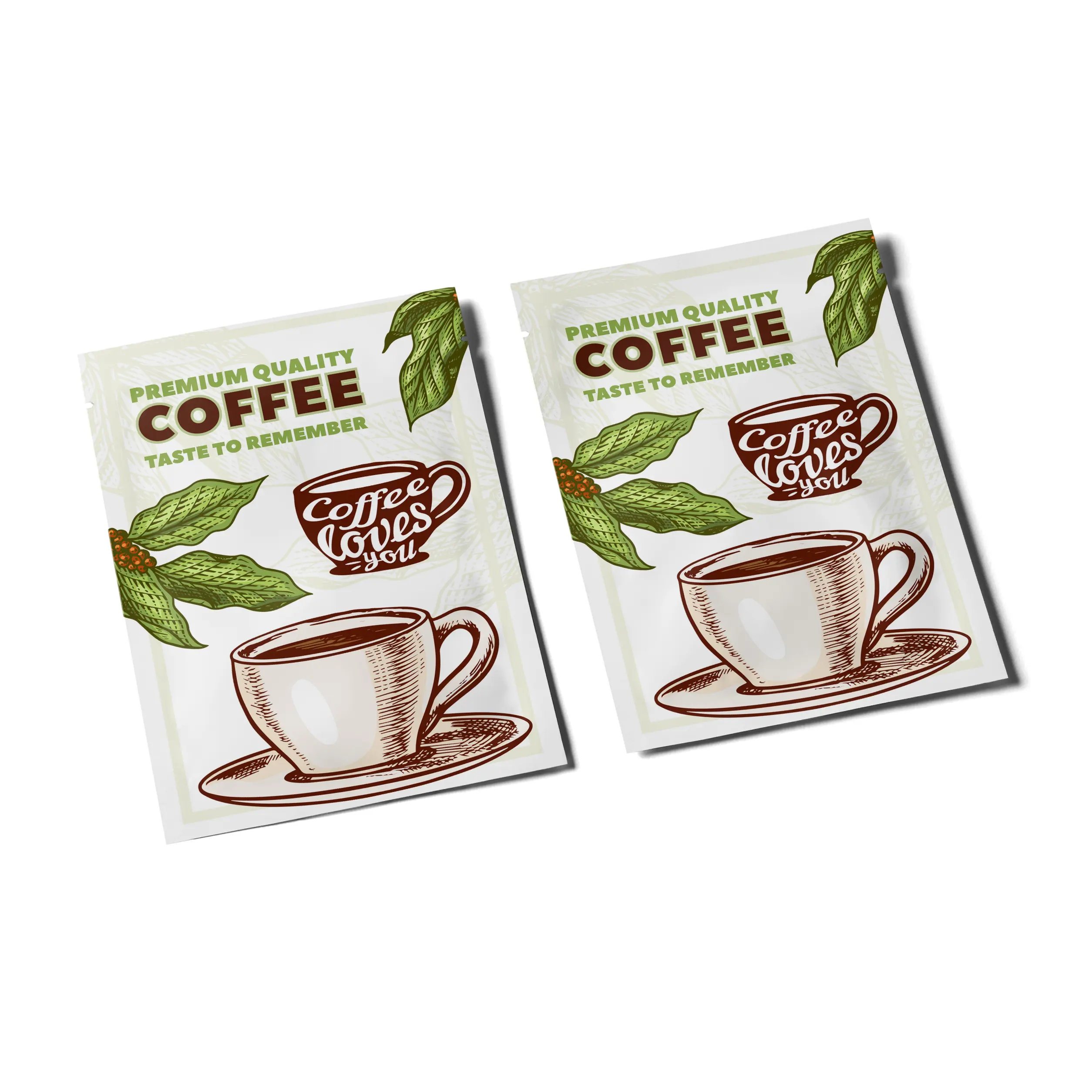In the highly competitive world of consumer goods, the design of packaging plays a pivotal role in brand success. It’s not just about aesthetics; packaging serves as a powerful tool to communicate the essence of a brand, attract consumers, and influence purchasing decisions. In this article, we’ll explore how consumer packaged goods (CPG) design directly impacts brand identity, market success, and consumer loyalty.
1. Packaging Design and Brand Identity
Visual Recognition and Brand Image
Packaging design is one of the most crucial elements of brand identity. It’s the first thing consumers notice, and it can make or break their perception of a product. Color choices, logos, fonts, and even the shape of the package help create a memorable visual identity. A well-designed package is instantly recognizable, which is key for brand recall in crowded retail spaces.
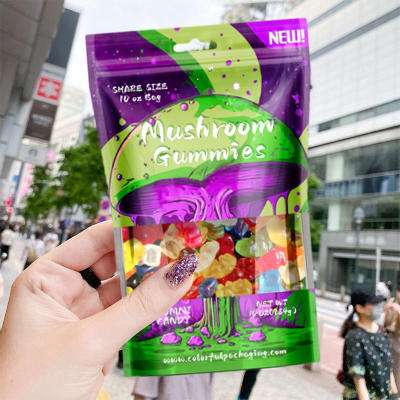
For instance, the distinct red and white design of Coca-Cola bottles or the minimalist elegance of Apple product packaging immediately evoke the brand’s core values. Consistency across all product lines further strengthens this visual identity, allowing consumers to easily associate packaging with the brand itself.
Storytelling and Emotional Connection
Beyond just aesthetics, packaging is a medium for storytelling. It communicates the values and mission of the brand, creating a deeper emotional connection with consumers. A thoughtful design can convey a sense of luxury, eco-consciousness, or innovation. When done right, packaging becomes an extension of the brand’s personality, forging a bond that resonates with consumers.
2. The Competitive Edge: How Packaging Stands Out
Making an Impact on the Shelf
In an environment where consumers are overwhelmed with choices, packaging design can be the deciding factor in whether a product is picked up or passed by. A unique design can differentiate a product from its competitors, capturing the attention of consumers even before they read the label.
Packaging design helps brands communicate key selling points at a glance. For example, the use of bold colors or interesting textures can help a product stand out in a sea of similar items. If done strategically, packaging can prompt consumers to engage with the product, whether by creating curiosity, evoking nostalgia, or appealing to their sense of aesthetic taste.
Innovation and Differentiation
Innovation in packaging design is also a significant factor in a brand’s ability to differentiate itself in the marketplace. Consumers are drawn to new and exciting designs that make a statement. Packaging can act as a key element of product innovation—whether it’s in the form of unique materials, shapes, or interactive features like QR codes or augmented reality (AR).
3. How Packaging Design Influences Consumer Purchasing Decisions
The Psychological Impact of Packaging
Packaging design has a profound psychological effect on consumers. Research has shown that colors, shapes, and textures can influence purchasing decisions. For instance, consumers may associate green with health, wellness, and eco-friendliness, while red can evoke urgency or excitement. The tactile experience of packaging also plays a role in shaping perceptions of quality. A sturdy, well-crafted package often suggests a higher-quality product.
Packaging as a First Impression
The design of a product’s packaging is often the first impression a consumer will have, and it’s crucial in making a purchase decision. Consumers tend to make judgments about products within seconds of seeing them, so having a packaging design that aligns with the product’s promise is essential. A clean, professional design can instill trust, while poorly designed packaging may lead to doubt.
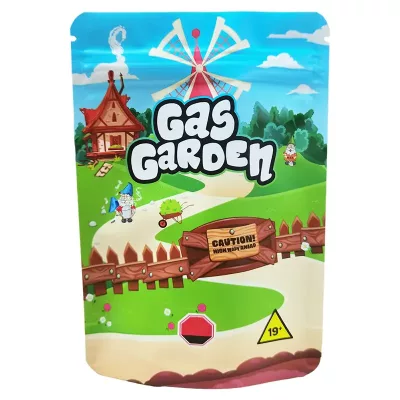
4. Sustainability and Eco-friendly Packaging Trends
The Rise of Sustainable Packaging
As consumers become more environmentally conscious, the demand for sustainable packaging has skyrocketed. Brands that adopt eco-friendly packaging materials or reduce waste through efficient design can appeal to this growing market segment. Materials like biodegradable plastics, recycled cardboard, and plant-based inks are increasingly popular choices.
Eco-friendly packaging not only supports environmental sustainability but can also enhance brand image. Consumers are more likely to support brands that prioritize sustainability, which in turn drives brand loyalty and attracts new customers.
5. Packaging Design and Consumer Experience
The Unboxing Experience
In today’s digital age, the unboxing experience has become a key part of a brand’s appeal. Social media platforms like Instagram and YouTube have made unboxing videos an influential marketing tool. Consumers often share their unboxing experiences, highlighting the design, quality, and emotional impact of the packaging. A well-designed package can encourage these positive reviews, creating buzz and fostering engagement.
Packaging That Enhances Customer Loyalty
Consumers are more likely to return to a brand that delivers a consistently positive experience, and packaging plays a crucial role in this. Packaging that is easy to use, functional, and aesthetically pleasing can create a sense of loyalty. Products with packaging that enhances convenience—such as resealable bags, easy-pour spouts, or travel-friendly sizes—are often favored by repeat customers.
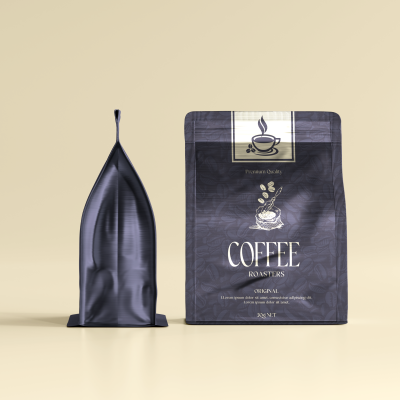
6. Conclusion: The Future of Packaging Design
In conclusion, packaging design is not just an aesthetic decision—it’s an essential element of brand strategy. It plays a significant role in shaping consumer perceptions, influencing purchase decisions, and building brand loyalty. As trends continue to evolve, brands must adapt by embracing innovation, sustainability, and consumer-centric design.
For businesses looking to create packaging that stands out and drives success, working with experts like Colorful Packaging is key. Through innovative design, a focus on sustainability, and a deep understanding of consumer behavior, Colorful Packaging helps brands elevate their products and secure a lasting place in the market.


